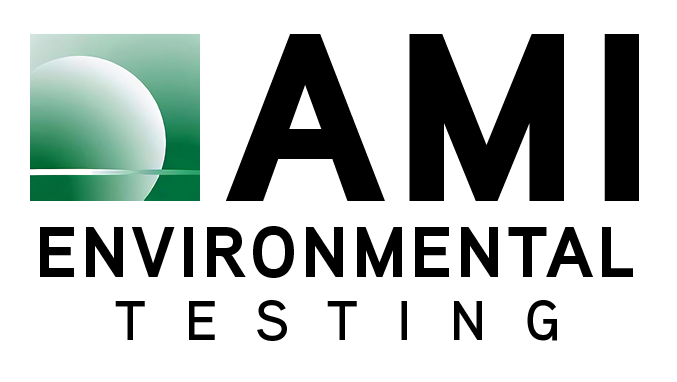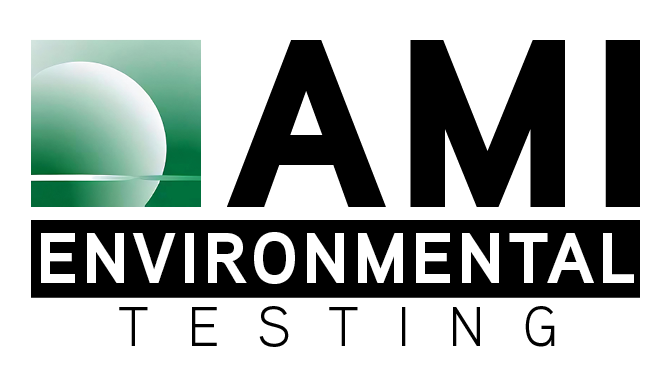When it comes to mold, not all varieties are created equal. The distinction between toxic and non-toxic mold types is crucial for understanding their impact on health and safety. Mold can significantly impact the air quality and overall health within buildings, making effective management crucial.
Toxic molds, like Stachybotrys chartarum (black mold), are notorious for their potential health risks. Black mold produces mycotoxins—harmful substances that can affect respiratory health, cause chronic fatigue, and even lead to neurological problems. The presence of toxic mold can severely degrade indoor air quality, posing significant risks to occupants. Addressing toxic mold requires immediate and professional remediation to restore safe indoor air conditions.
On the other hand, non-toxic molds, while less dangerous, still influence environmental quality. Although they do not produce mycotoxins, their spores can contribute to poor air quality and health problems if not managed properly. These molds are commonly found on materials like wood and carpet and can trigger allergic reactions, asthma symptoms, and other respiratory issues, especially in sensitive individuals.
Both toxic and non-toxic molds thrive in environments with excess moisture and poor ventilation. To safeguard indoor environmental quality, it is important to control humidity levels, repair leaks, and ensure adequate ventilation. Regular inspections and prompt remediation of mold are crucial for maintaining healthy indoor air and protecting the well-being of building occupants. By addressing mold issues proactively, you can prevent the deterioration of indoor air quality and ensure a safer living or working environment.
AMI Environmental handles mold issues that range from visible mold growth to moldy smells to hidden mold infestations to controlling microscopic spores in healthcare settings. Contact us today to begin your mold remediation.
Related Posts
January 25, 2025
December 23, 2024



